Retinol, pero que sea fácil: una guía sencilla para una piel radiante
Retinol. Lo habrás visto anunciado en cuidado de la piel anuncios, alabado por dermatólogos, e incluso puede que esté en tu neceser. Pero, ¿qué es exactamente y por qué todo el mundo está obsesionado con él? Este pequeño derivado de la vitamina A se ha ganado su reputación como superestrella del cuidado de la piel, pero también es uno de los ingredientes más incomprendidos.
Utilizado incorrectamente, puede causar estragos en su piel. ¿Usado correctamente? Puede hacer maravillas. Vamos a desglosarlo todo: qué es el retinol, cómo funciona y sus beneficios para sacarle el máximo partido.
3 GRATIS Muestras de perfume
Recientemente hemos creado un grupo de Whatsapp para entusiastas de la belleza como tú. Para hacer crecer esta comunidad, ¡ofrecemos temporalmente 3 muestras de perfume gratis al unirte!
Asegúrate de unirte cuanto antes, ¡pronto se nos acabarán las muestras gratuitas! Después de unirte, puedes hacer un pedido y reclamar las muestras gratuitas aleatorias.

¿Qué es el retinol?
El retinol pertenece a la familia de los retinoides, que incluye todos los derivados de la vitamina A utilizados en el cuidado de la piel. Cuando se aplica sobre la piel, el retinol se convierte en ácido retinoico, la forma activa que estimula la renovación celular y la producción de colágeno.
A diferencia de los retinoides de venta con receta, como la tretinoína (Retin-A) o la isotretinoína (Accutane), el retinol actúa de forma más gradual, lo que lo convierte en una opción popular para el cuidado de la piel sin receta. Piense en el retinol como la versión básica, eficaz pero menos agresiva que sus equivalentes de venta con receta.
Beneficios del retinol para la piel
¿Por qué los profesionales del cuidado de la piel apuestan por el retinol? Muy sencillo: es como un entrenador personal para tu piel, que combate las arrugas, los brotes y la falta de luminosidad a la vez. He aquí cómo funciona su magia.
1. Potencia antienvejecimiento
El retinol estimula la producción de colágeno, reduciendo las líneas de expresión y mejorando la elasticidad de la piel. Un estudio demostró que puede aumentar los niveles de colágeno hasta 65% con un uso constante. ¿El resultado? Una piel más tersa y firme y una notable atenuación de las arrugas.
2. Control del acné y las manchas
¿Tiene problemas con los granos? El retinol ayuda:
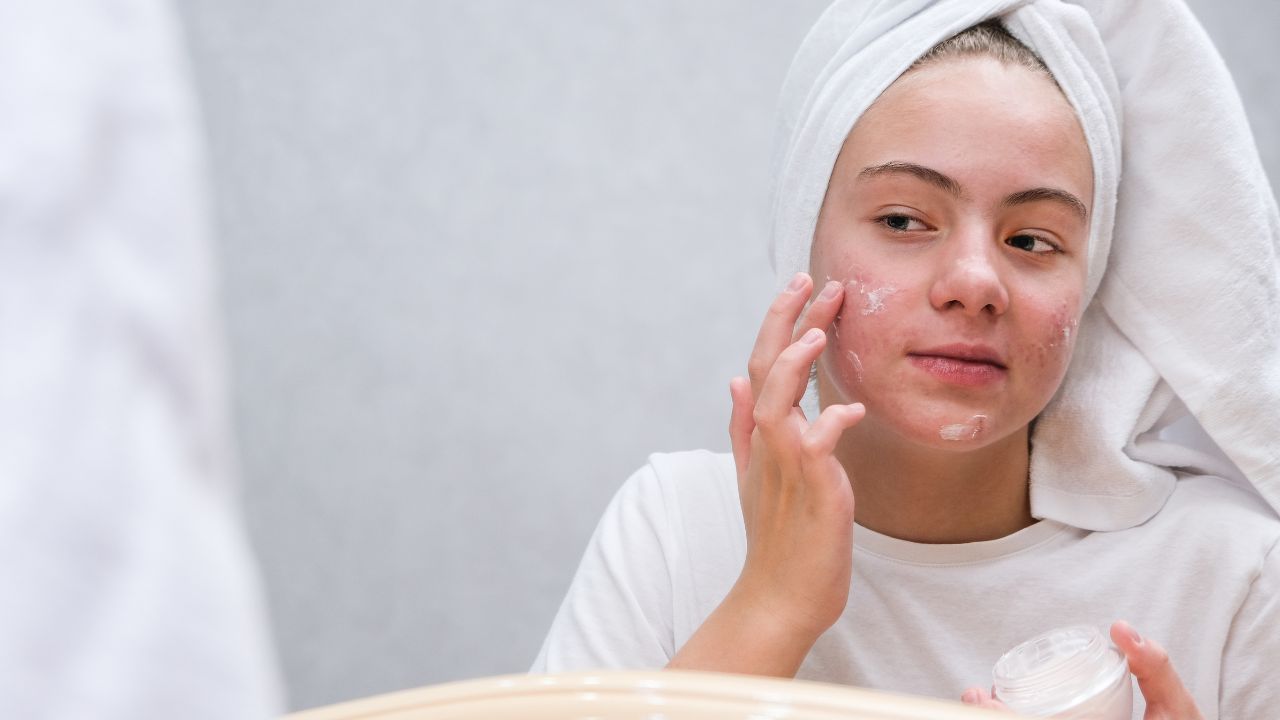
- Desobstruir los porosevitando la formación de nuevo acné.
- Regular la producción de petróleopor lo que es ideal para pieles grasas.
- Acelerar la renovación celular, ayudando a difuminar las cicatrices del acné con el paso del tiempo.
3. Ilumina y unifica el tono de la piel
¿Manchas oscuras, hiperpigmentación y daños causados por el sol? El retinol actúa como un minitratamiento de rejuvenecimiento cutáneo, favoreciendo la aparición de una piel fresca y sana. Con el tiempo, esto conduce a una tez más uniforme con menos decoloraciones.
4. Beneficios preventivos contra el envejecimiento
Aunque tengas entre 20 y 30 años, empezar a tomar retinol a una edad temprana puede retrasar el envejecimiento visible. Al promover una renovación celular saludable, ayuda a la piel a mantenerse firme y resistente durante más tiempo.
Cómo utilizar el retinol de forma segura y eficaz
El retinol es poderoso, pero un gran poder conlleva una gran responsabilidad. A continuación te explicamos cómo utilizarlo correctamente para obtener los máximos resultados (y minimizar la irritación).
Cómo elegir el retinol adecuado para su tipo de piel
No todos los retinoles son iguales. Esto es lo que debe buscar en función de su tipo de piel:
- Piel sensible o seca: Empieza con una dosis baja de retinol (0,1%-0,3%). Busca fórmulas en crema con ingredientes calmantes como la niacinamida y las ceramidas.
- Piel grasa o con tendencia acneica: Prueba un sérum de retinol sin aceite (0,3%-1%). Se absorben rápidamente y no obstruyen los poros.
- Piel normal o mixta: Un suero de retinol estándar (0,3%-1%) es un buen punto de partida.
Guía de aplicación: Rutina paso a paso
- Limpiar con un suave y no exfoliante lavado de cara.
- Aplique una cantidad de retinol del tamaño de un guisante sobre la piel completamente seca (la piel húmeda absorbe más, lo que aumenta el riesgo de irritación).
- A continuación, aplicar una crema hidratante para mantener la hidratación.
- Por la mañana, utilice siempre FPS 30+, ya que el retinol hace que la piel sea más sensible al sol.
¿Con qué frecuencia se debe utilizar el retinol?
Al empezar a tomar retinol, es importante ir despacio y dejar que la piel se adapte para evitar irritaciones.
- Semana 1-2: Empiece con dos veces por semana para que su piel se adapte.
- Semana 3-4: Si no se produce irritación, aumentar a cada dos noches.
- Después de 6-8 semanas: La mayoría de las personas pueden utilizar retinol por la noche, pero ¡escucha siempre a tu piel!
Cuándo utilizar retinol
El mejor momento para aplicar retinol es siempre por la noche. El retinol se descompone con la luz solar, lo que reduce su eficacia. Después de aplicarlo, espera entre 20 y 30 minutos antes de ponerte otros productos para que se absorba por completo.
Los 10 mejores productos para la piel y el cuerpo
A continuación puedes encontrar los productos para el cuidado de la piel más populares ahora mismo en Beautinow.com.
Precauciones con el retinol y cuándo dar un paso atrás
El retinol hace maravillas, pero puede ser delicado. Así que, ¡conoce los riesgos, evita los errores y úsalo con prudencia!
Efectos secundarios temporales
Cuando empiece a utilizar retinol por primera vez, su piel puede pasar por una fase de adaptación -aka retinización. Esto puede dar lugar a lo siguiente:
- Sequedad
- Enrojecimiento
- Descamación
Combata estos efectos secundarios hidratar generosamente con una crema rica en ceramidas y utilizando retinol cada dos noches en lugar de a diario. También ayuda evitar los exfoliantes (AHA, BHA) mientras tu piel se adapta.
Cuándo reducir o interrumpir el consumo
Si nota irritación, ardor o hinchazón intensos, es posible que deba reducir o suspender totalmente el uso de retinol. Una sensación de tirantez y escozor en la piel también puede significar que tu barrera de hidratación está comprometida. Si notas estos cambios, pausa el retinol y céntrate en la hidratación.
Quién debe evitar el retinol
El retinol no es para todo el mundo, y algunas personas deberían evitarlo.

- Embarazadas o en periodo de lactancia - es mejor evitar los retinoides, ya que no se consideran seguros durante este periodo.
- Cualquier persona con piel extremadamente sensible o propensa a la rosácea - consulte a un dermatólogo antes de utilizar retinol para evitar una irritación excesiva
- Si utiliza exfoliantes fuertes o tratamientos para el acné - Mezclar demasiados activos puede provocar una barrera cutánea hipersensibilizada.
La constancia lo es todo con el retinol, así que confía en el proceso y deja que haga su magia. Un poco de paciencia ahora se traduce en una piel más sana y radiante a largo plazo.
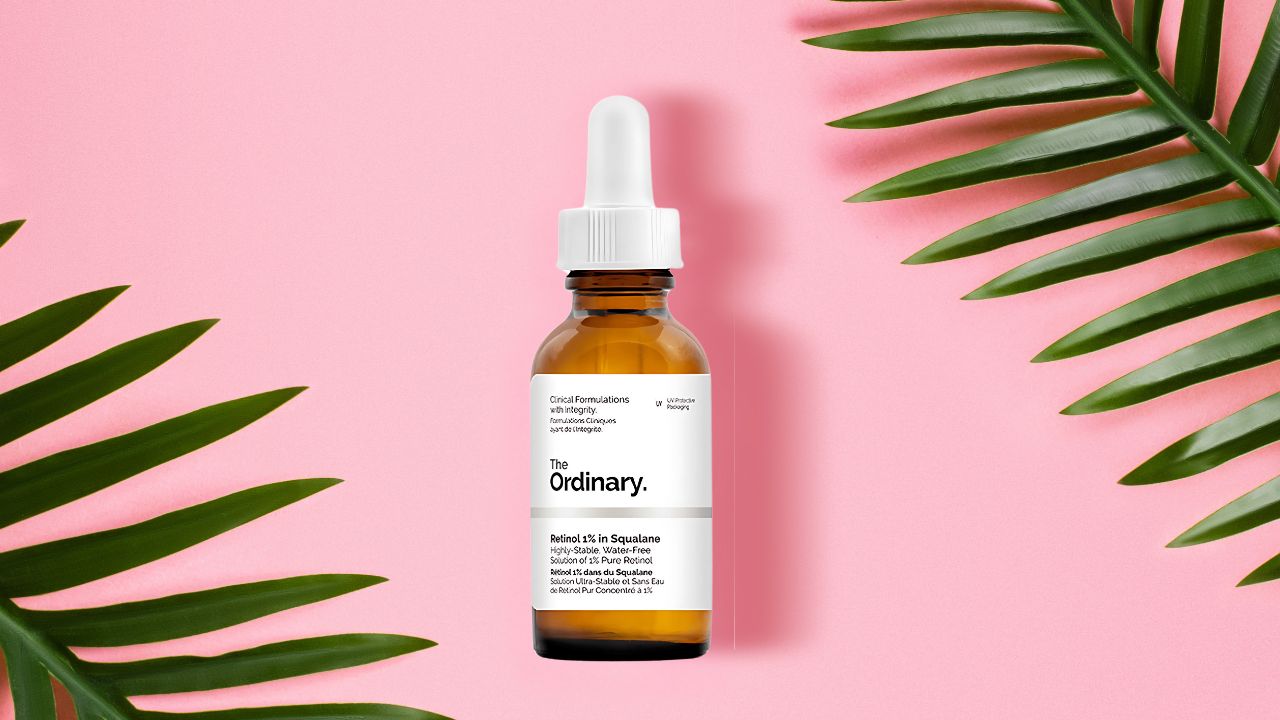
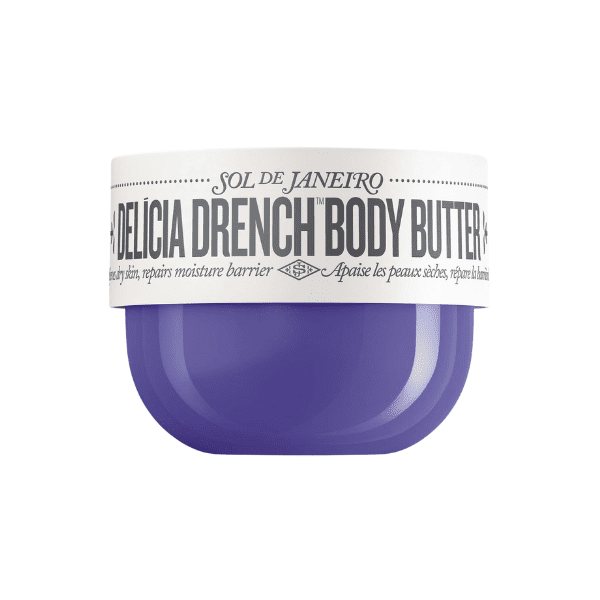
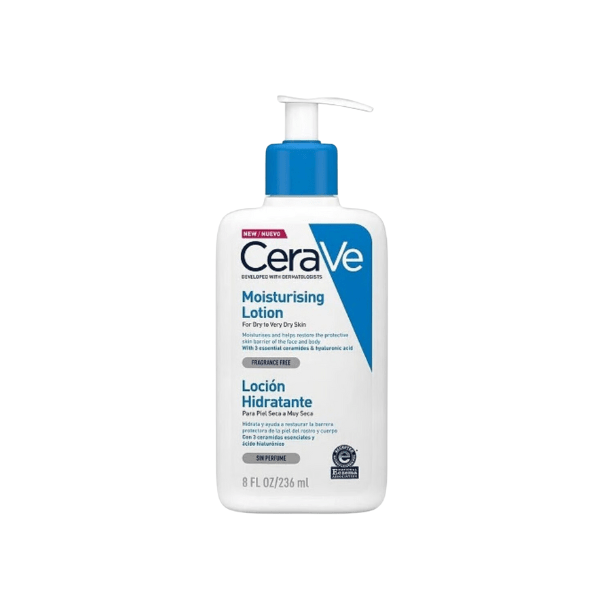
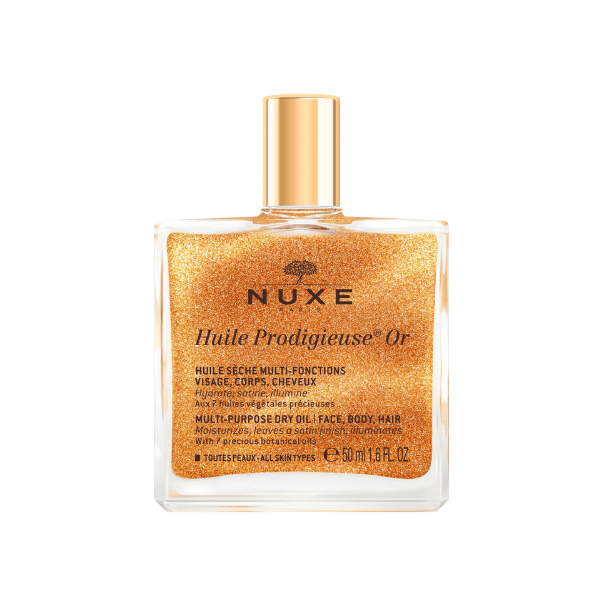
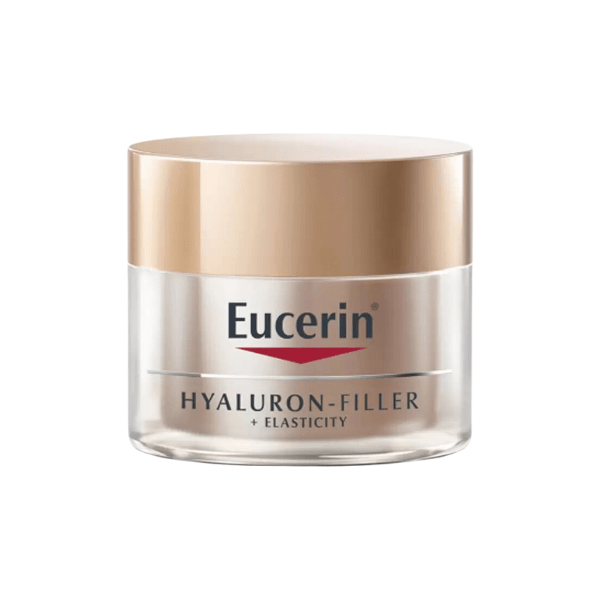
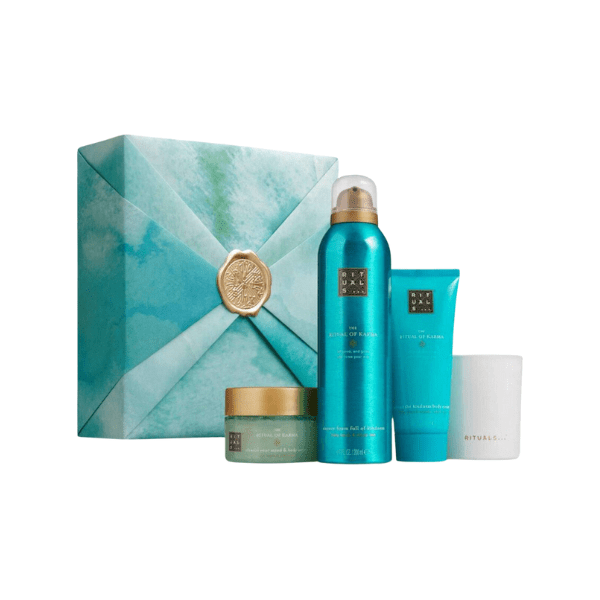
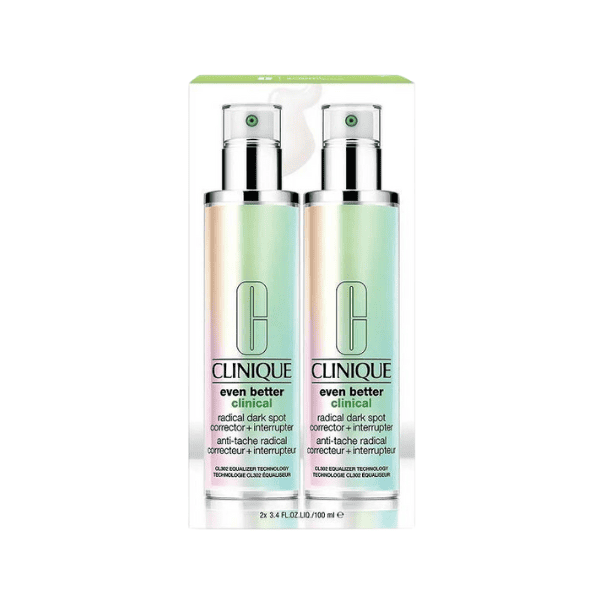
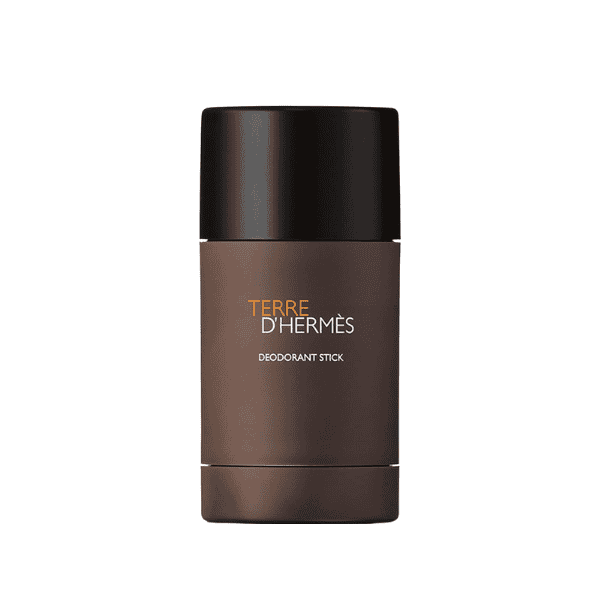
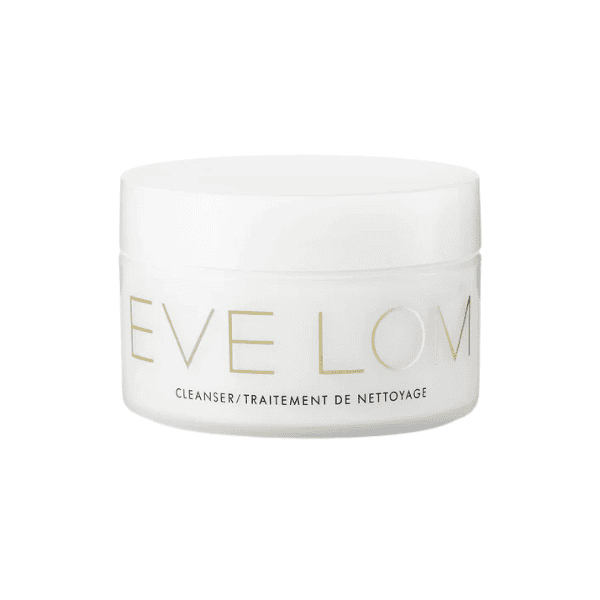
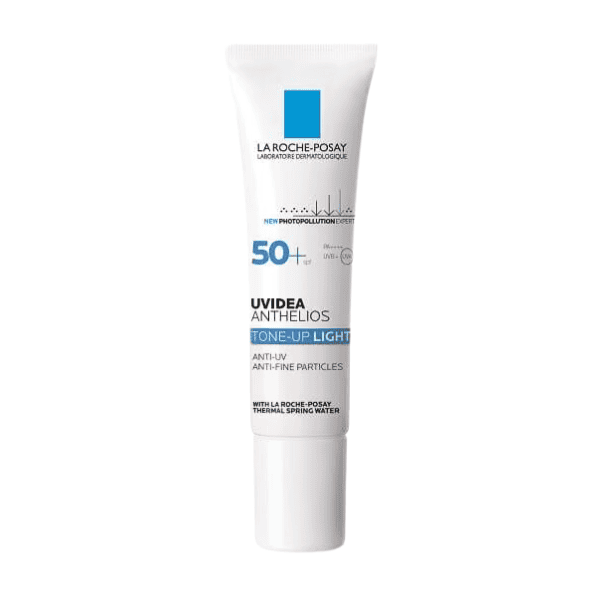
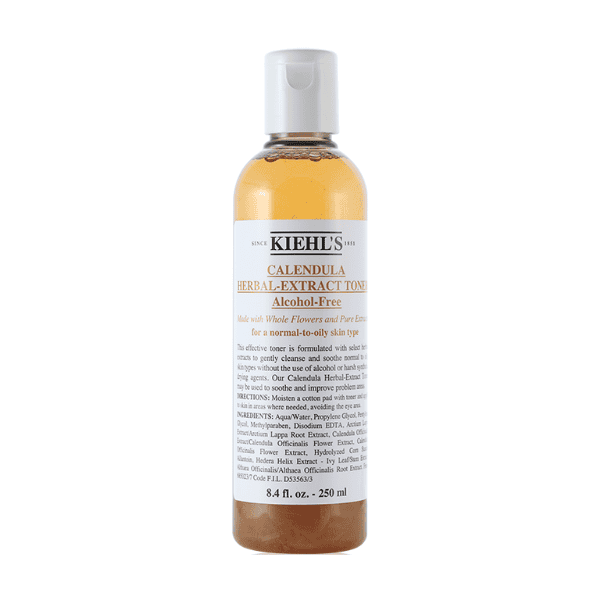
Un gran desglose del retinol y sus beneficios. Llevo un tiempo usándolo y he notado mejoras notables en la textura de mi piel. Estoy de acuerdo en que empezar poco a poco es clave para evitar la irritación.
Llevo un tiempo utilizando retinol y he observado mejoras notables en la textura de mi piel. Estoy de acuerdo en que empezar poco a poco es clave para evitar la irritación. Además, SIEMPRE hay que usar protección solar. Este producto para el cuidado de la piel puede ser irritante si no se utiliza junto con otros sueros calmantes.